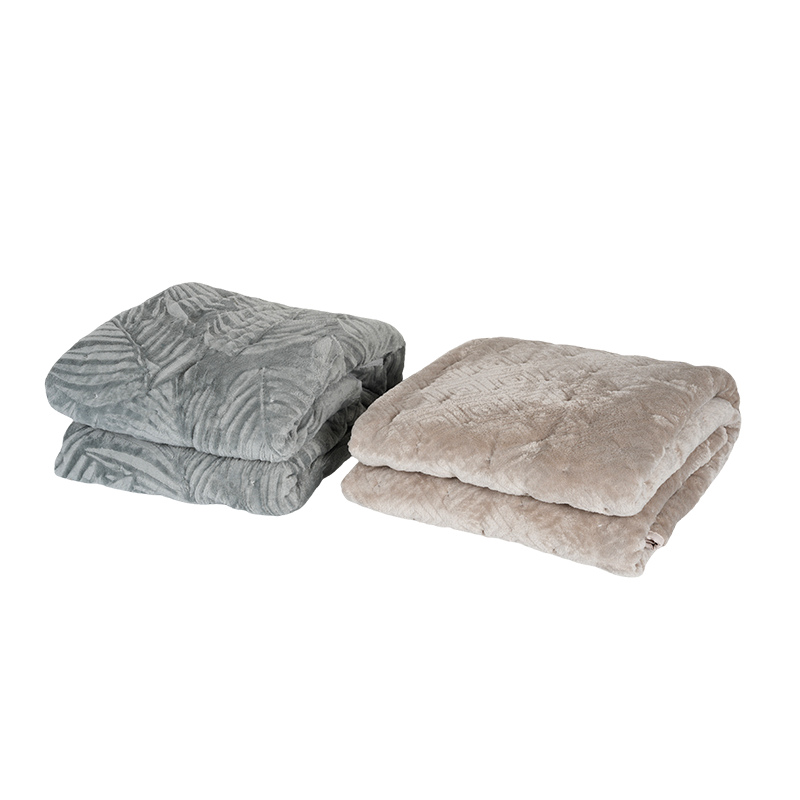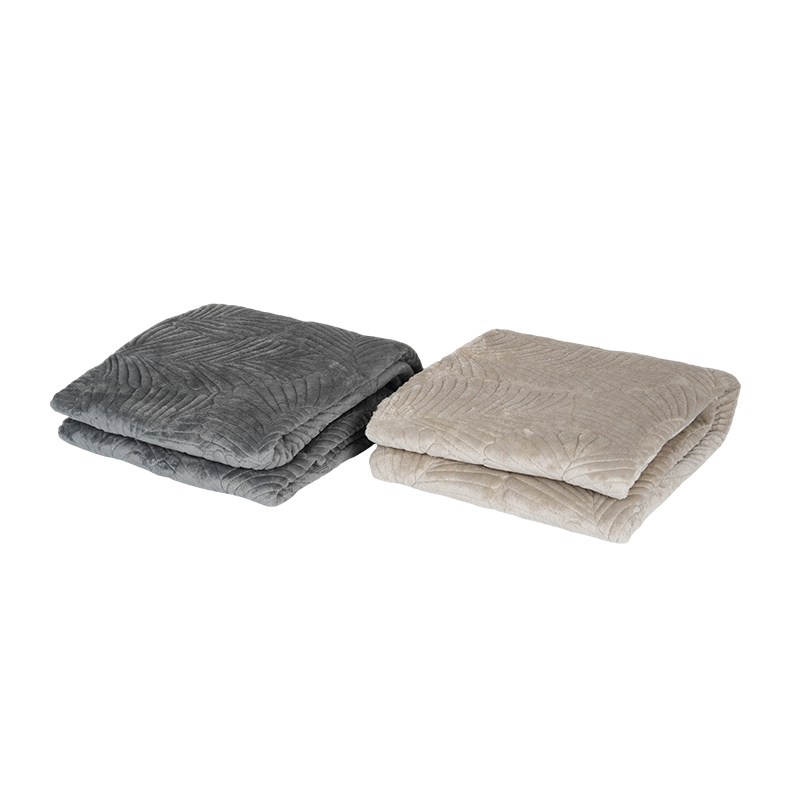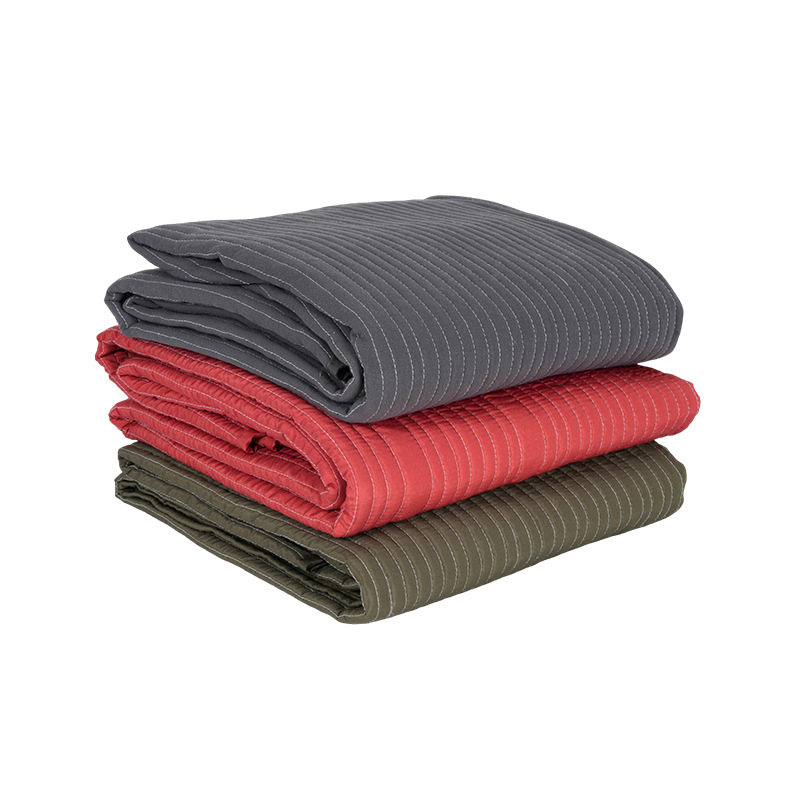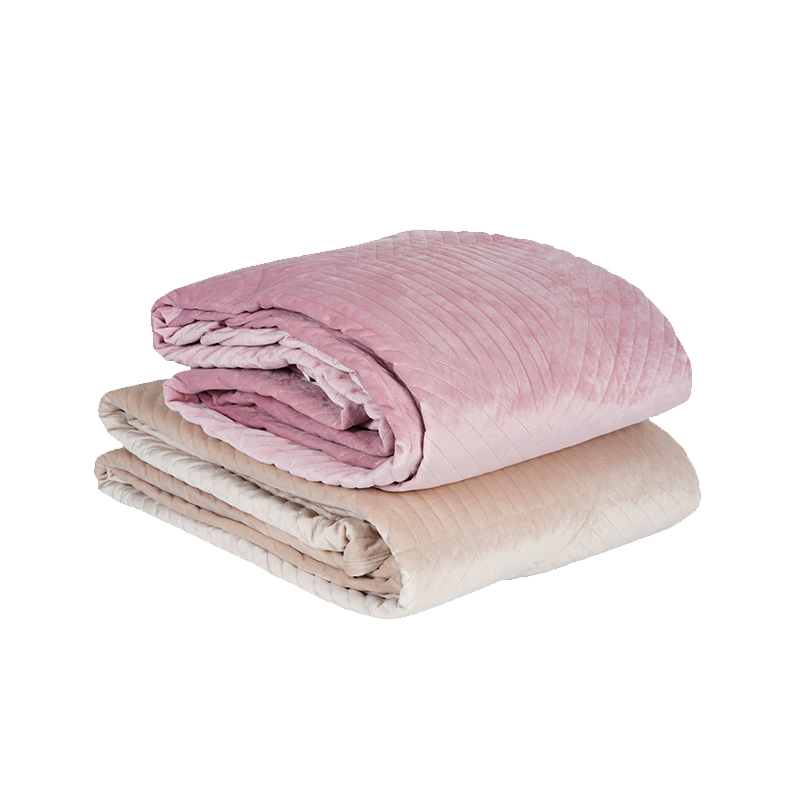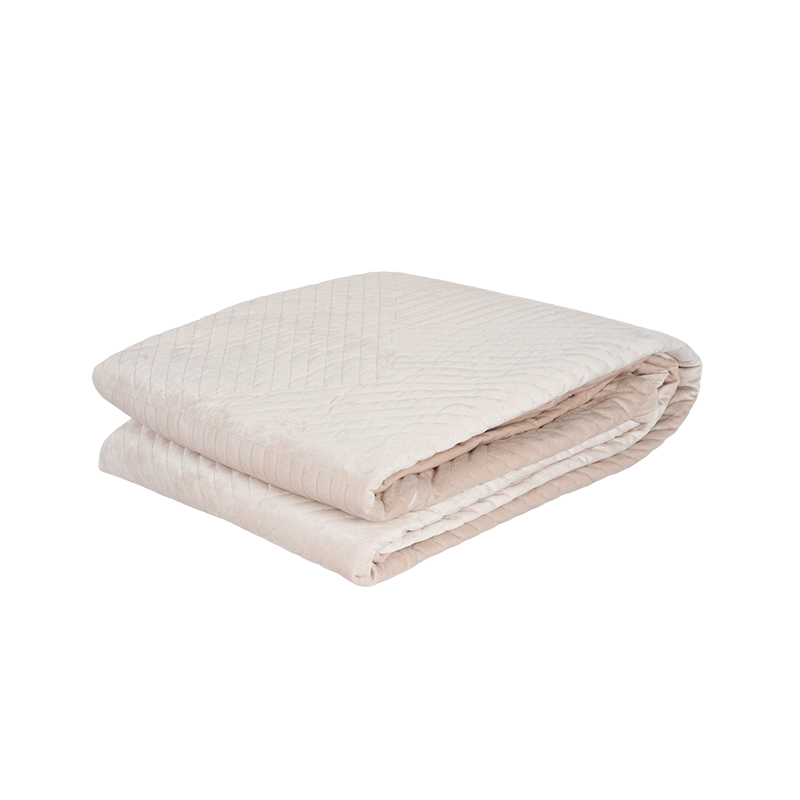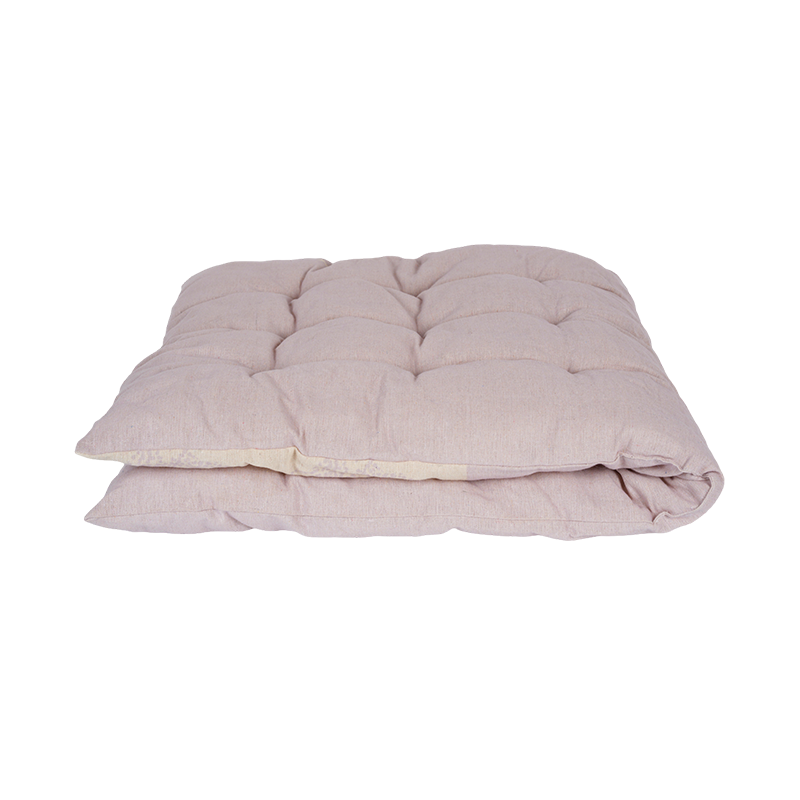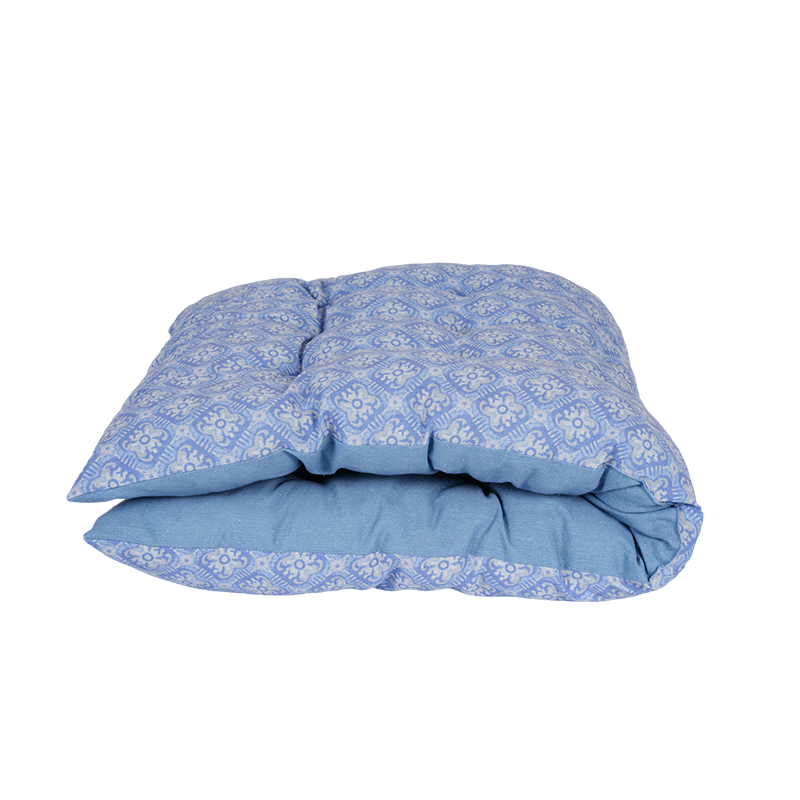- Type:
- Industry News
- Date
- 2025-Jun-09
Balancing Comfort and Style: Choosing the Right Color and Pattern for Seat Cushions
Small Decorative Seat Cushions With Ties: How to Choose the Right Color for Your Room
Small Decorative Seat Cushions With Ties are typically used on dining chairs, window benches, or compact stools. Their modest size may seem secondary to larger design features, but their color plays an important role in setting visual tone and harmony.
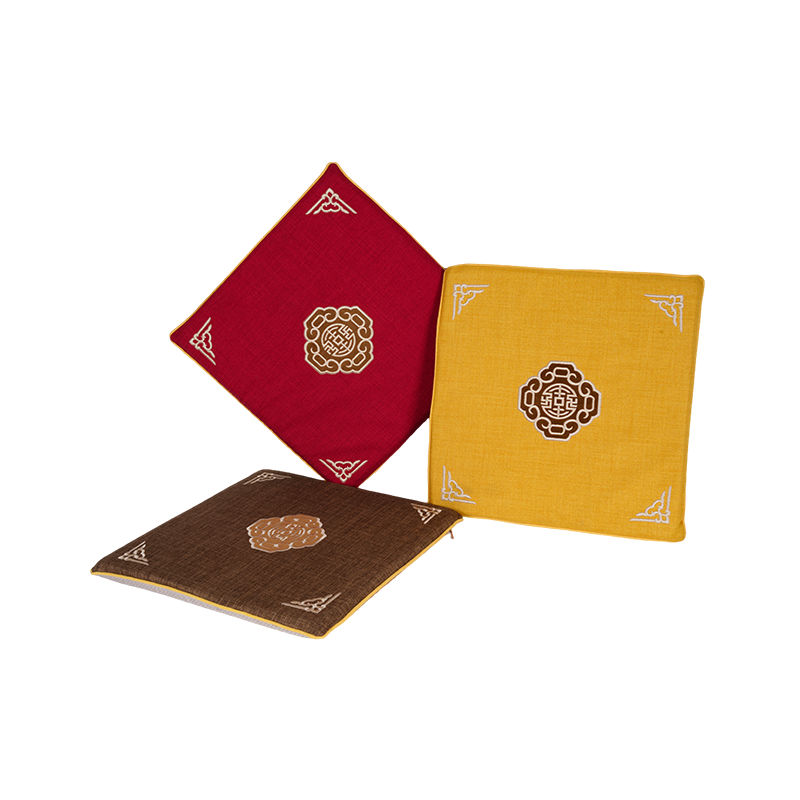
If the room already has a dominant color theme, choose cushions in a similar hue but slightly lighter or darker for a coordinated look. For example, in a space with soft grey walls, charcoal or slate-colored cushions offer depth without clashing. In rooms dominated by wood tones, earthy shades like terracotta, sage green, or muted mustard can complement the furniture and create a warm balance.
Lighting also affects how color is perceived. In natural daylight, colors appear truer, while under artificial light, warm or cool tints can alter perception. A navy cushion in a dim dining room may appear almost black, while the same cushion in a bright sunroom shows its full tone.
Small Decorative Seat Cushions With Ties should not only align with decor but also support the atmosphere of the space. Cool tones like blues and greens create calm, while warm tones like rust or coral add a sense of energy. For those who prefer a timeless look, neutrals like beige, ivory, or taupe work well in settings.
The Square Floor Cushion has gained popularity in recent years as homes have embraced more relaxed, multipurpose living spaces. These cushions offer flexible seating for reading, lounging, or hosting casual guests. In addition to their practical function, they serve as expressive design tools—particularly when patterns are used strategically.
Pattern plays a powerful role in visual storytelling. A geometric design can introduce order and rhythm into an otherwise eclectic room. For instance, a square floor cushion featuring crisp, repeating triangles or chevrons can ground a space with clean lines. In contrast, organic patterns—like floral motifs or watercolor-inspired prints—can soften a room with more rigid furniture or neutral finishes.
Patterns also help visually define zones within open spaces. A square cushion with a bold print can subtly signal a reading corner or children's play area without the need for partitions. The scale of the pattern matters as well; large-scale patterns tend to make a strong visual impact, suitable for larger rooms, while small-scale prints are less overpowering in compact areas.
Color and pattern work together. A monochrome pattern offers visual interest without overwhelming the palette. Meanwhile, multicolored prints can tie together disparate colors already found in other elements like rugs, artwork, or drapery. In minimal interiors, a patterned Square Floor Cushion can become a focal point; in bolder rooms, it can echo other visual cues and build cohesion.
Durability is another aspect to consider. Floor cushions are often in high-contact areas, so selecting a fabric that resists wear while maintaining print clarity over time is important. Look for tightly woven textiles like cotton duck, canvas, or synthetic blends that hold color and pattern well through repeated use.


 English
English
 English
English Español
Español